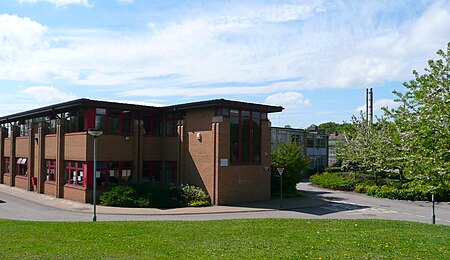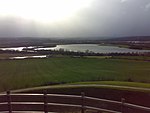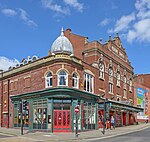Trinity Academy Cathedral
Academies in the City of WakefieldChurch of England secondary schools in the Diocese of LeedsSchools in WakefieldSecondary schools in the City of WakefieldUse British English from March 2016

Trinity Academy Cathedral (formerly Cathedral Academy) is an 11-16 voluntary controlled Church of England secondary school. The school has places for 1050 students, and there were 968 pupils on the school roll in the school year 2020-21. The school is the only Church of England Secondary School in Wakefield.
Excerpt from the Wikipedia article Trinity Academy Cathedral (License: CC BY-SA 3.0, Authors, Images).Trinity Academy Cathedral
Thornes Road, Wakefield Thornes
Geographical coordinates (GPS) Address Phone number Website External links Nearby Places Show on map
Geographical coordinates (GPS)
| Latitude | Longitude |
|---|---|
| N 53.669686 ° | E -1.515851 ° |
Address
Trinity Academy Cathedral
Thornes Road
WF2 8QF Wakefield, Thornes
England, United Kingdom
Open on Google Maps











